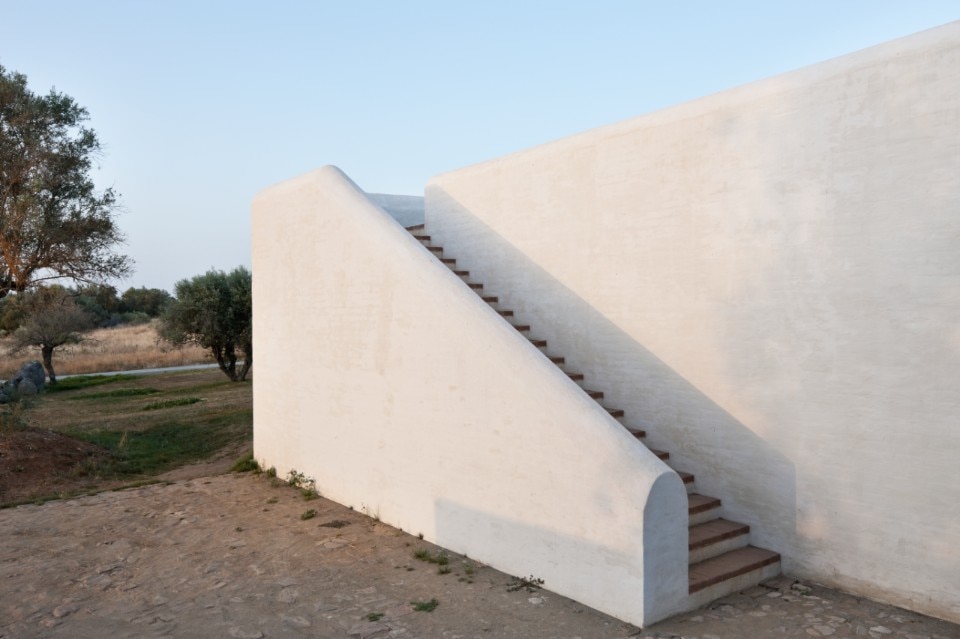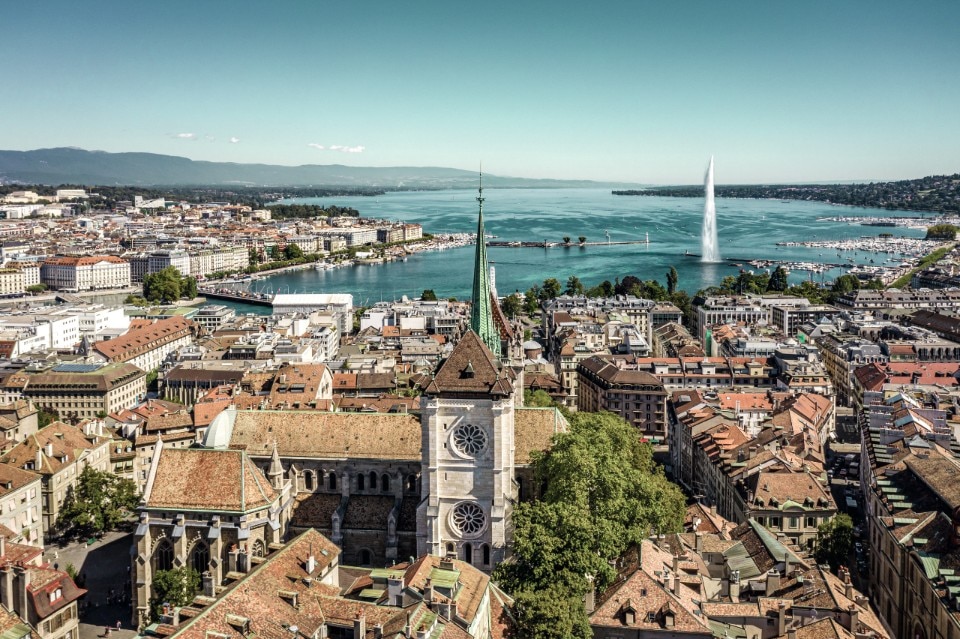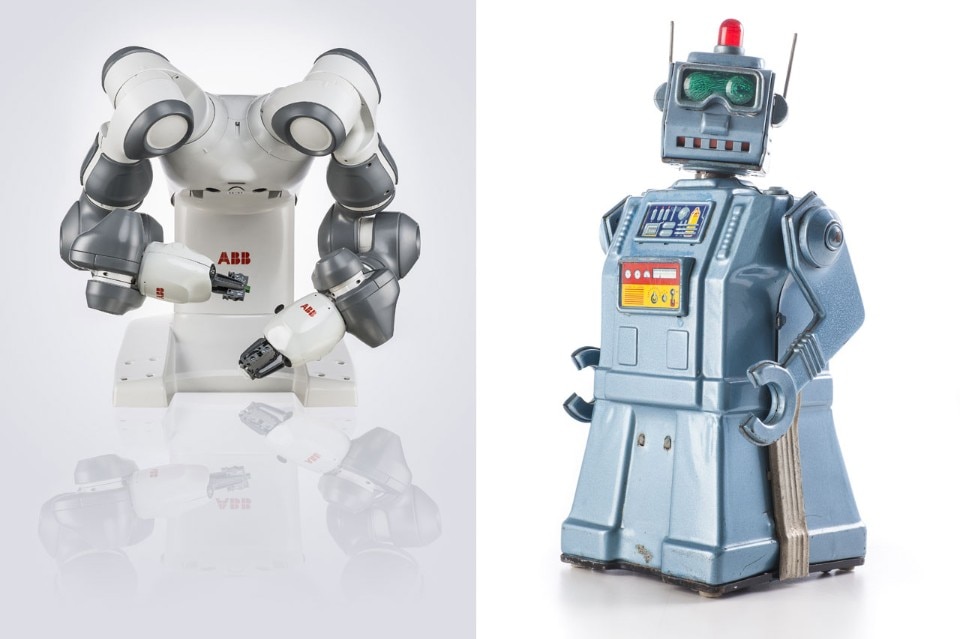
During the last decade, digitalisation has caused a radical redefinition of robotics. Nowadays, robots do not just build cars and washing machines or transport us in self-propelled trains from one airport terminal to another, but appear in a host of other forms, ranging from communicative domestic appliances, the so-called Internet of Things, to the self-learning algorithms in computer programmes, known as bots. Whereas robotics used to be the exclusive domain of engineers and IT experts, today designers are helping to shape the current boom in robotics in key ways, for it is often they who decide how and where we encounter robots, what kind of relationship we form with them, and how we interact with them – or they with us.


Outside the museum, the Elytra Filament Pavilion complements the exhibition. This bionic baldachin is an impressive example of the growing influence of robotics on architecture. The individual modules were defined by an algorithm and then produced with the help of an industrial robot. The pavilion was realised by a team from the University of Stuttgart that included Achim Menges and has already been shown at the Victoria & Albert Museum in London.
“Hello, Robot” shows the ambivalence with which the spread of robotics has been viewed for many decades. Right from the start, the debate about artificial intelligence has oscillated between utopian and dystopian visions, between the hope of a better, technologically advanced world and the fear of disempowerment. In this context, we are once again confronted with the question of the designer’s responsibility.
11 February 2017 – 14 May 2017
Hello, Robot. Design between Human and Machine
Curators: Amelie Klein, Erika Pinner (Vitra Design Museum) / Thomas Geisler, Marlies Wirth (MAK Wien) / Fredo de Smet (Design museum Gent)
Vitra Design Museum
Charles-Eames-Straße 2, Weil am Rhein

A prize for architecture between lights and volumes: LFA Award
An international photography competition that invites photographers worldwide to capture the essence of contemporary architecture. Inspired by the work of the famous Portuguese photographer Luis Ferreira Alves, the award seeks images that explore the dialogue between man and space.























